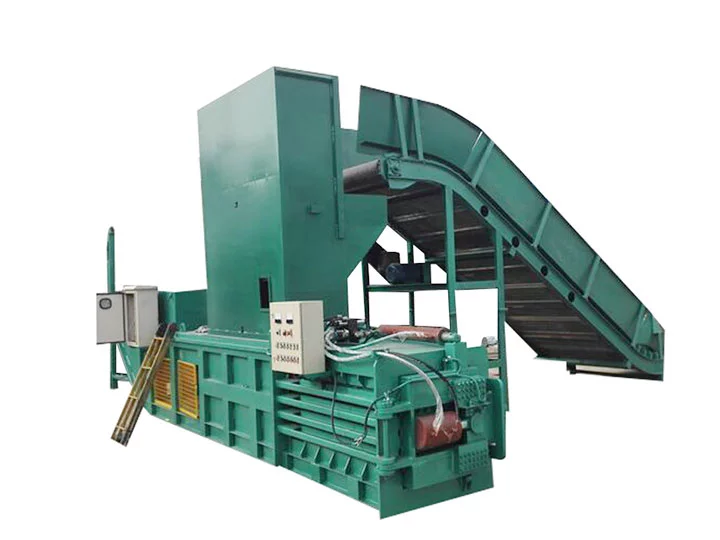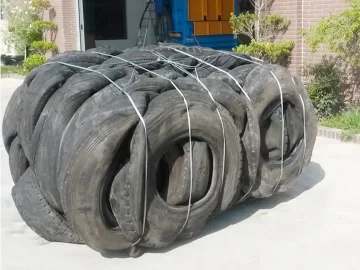Maintaining a tire baler is crucial to ensure its optimal performance and longevity. Whether you have a vertical or horizontal tyre baler, proper maintenance practices can significantly extend its lifespan and efficiency. In this guide, we’ll explore essential tips and best practices for maintaining your tire baler.
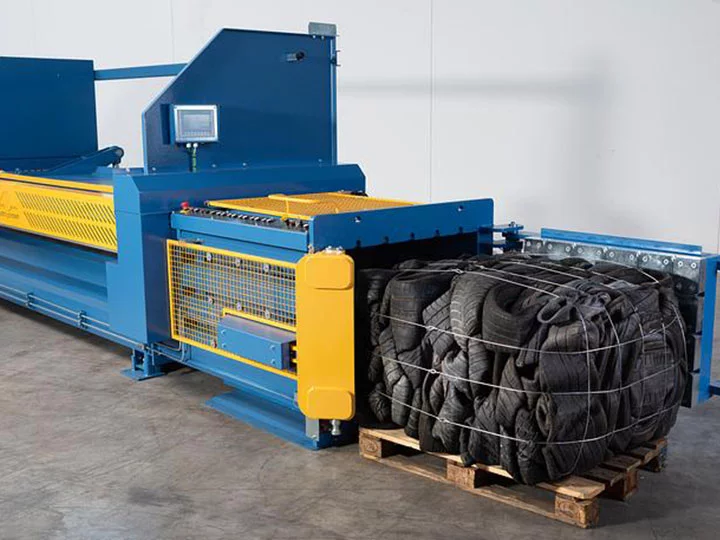
Regular Cleaning and Inspection
Regular cleaning and inspection are fundamental steps in tire baler maintenance. Start by cleaning the exterior and interior components to remove dust, debris, and accumulated residues. Inspect the hydraulic system, electrical connections, and moving parts for any signs of wear, leaks, or damage.
Lubrication of Moving Parts
Proper lubrication is vital to reduce friction and wear on moving parts. Use recommended lubricants for the baler’s components, including hydraulic cylinders, bearings, chains, and rollers. Regularly lubricate these parts according to the manufacturer’s guidelines to ensure smooth operation and prevent premature failure.
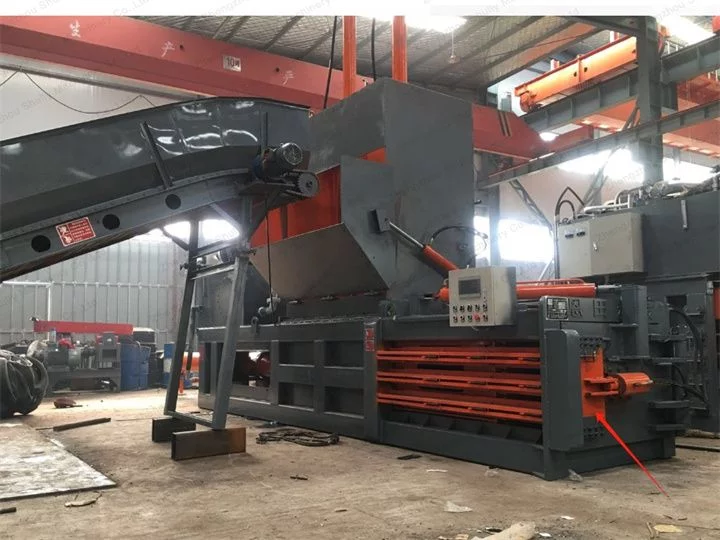
Hydraulic System Maintenance
The hydraulic system is the heart of a tire baler, responsible for compressing tires efficiently. Check hydraulic fluid levels regularly and top up as needed with the recommended hydraulic oil. Inspect hydraulic hoses, fittings, and seals for leaks or damage, and replace any worn-out components promptly to prevent system malfunctions.
Electrical System Check
Ensure the electrical system of your tire baler is in optimal condition. Inspect wiring, connectors, switches, and control panels for loose connections, corrosion, or signs of overheating. Test the electrical components regularly to ensure proper functioning and safety during operation.

Blade Maintenance
For balers equipped with cutting blades, regular maintenance is essential to ensure clean and efficient tire cutting. Sharpen or replace blades as necessary to maintain cutting precision and prevent jamming or uneven tire compression. Follow safety protocols when handling and servicing cutting blades.
Safety Inspections and Training
Regular safety inspections are critical to identify potential hazards and ensure compliance with safety standards. Conduct routine safety checks on all baler components, safety guards, emergency stop mechanisms, and warning signs. Provide proper training to operators on baler operation, safety procedures, and emergency protocols.
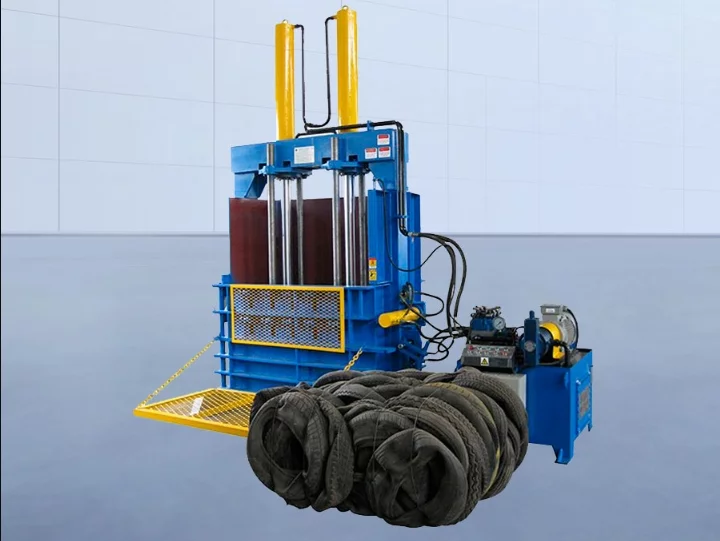
Record Keeping and Documentation
Maintain detailed records of maintenance activities, inspections, repairs, and part replacements for your tire baler. Keep track of service schedules, maintenance logs, and warranty information. Documentation helps track the baler’s performance, identify recurring issues, and plan preventive maintenance effectively.
Proper maintenance of your vertical or horizontal tire baler is essential for its longevity, efficiency, and safety. By following these maintenance tips and best practices, you can ensure smooth operation, reduce downtime, and maximize the productivity of your tire baling operations. Regular cleaning, lubrication, hydraulic system maintenance, electrical checks, blade care, safety inspections, and documentation are key elements of effective baler maintenance.

